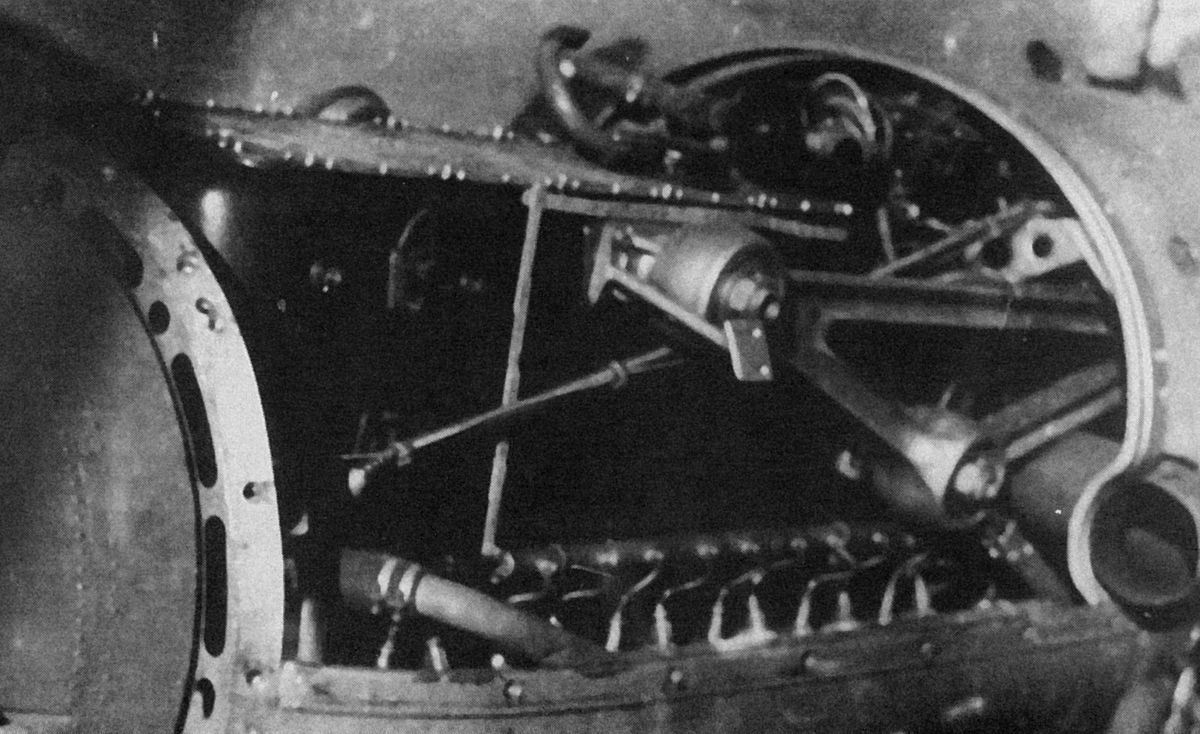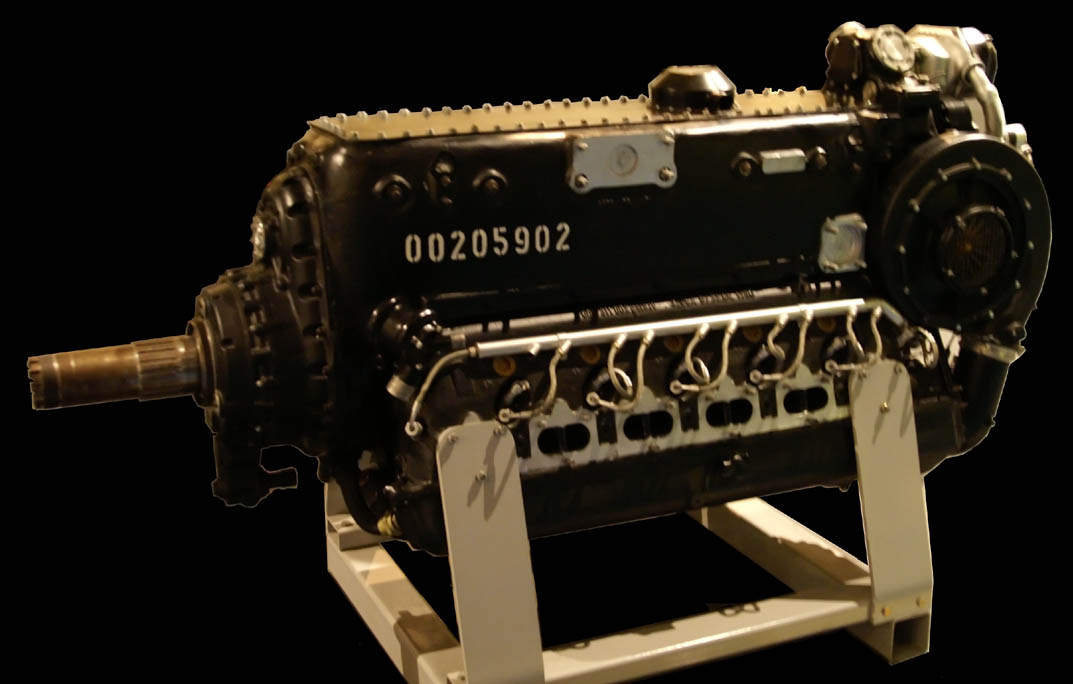- Thread starter
- #81
It can't be both.Both
Looking at the surface-evaporative cooling system: It's cooling system takes up nearly the whole aircraft.
In this thread, there is no surface cooling on the He 100.
When he said "high temperature cooling", I assume this didn't mean just temperature, but pressure as well?
We can ask him when he stops by on this forum


